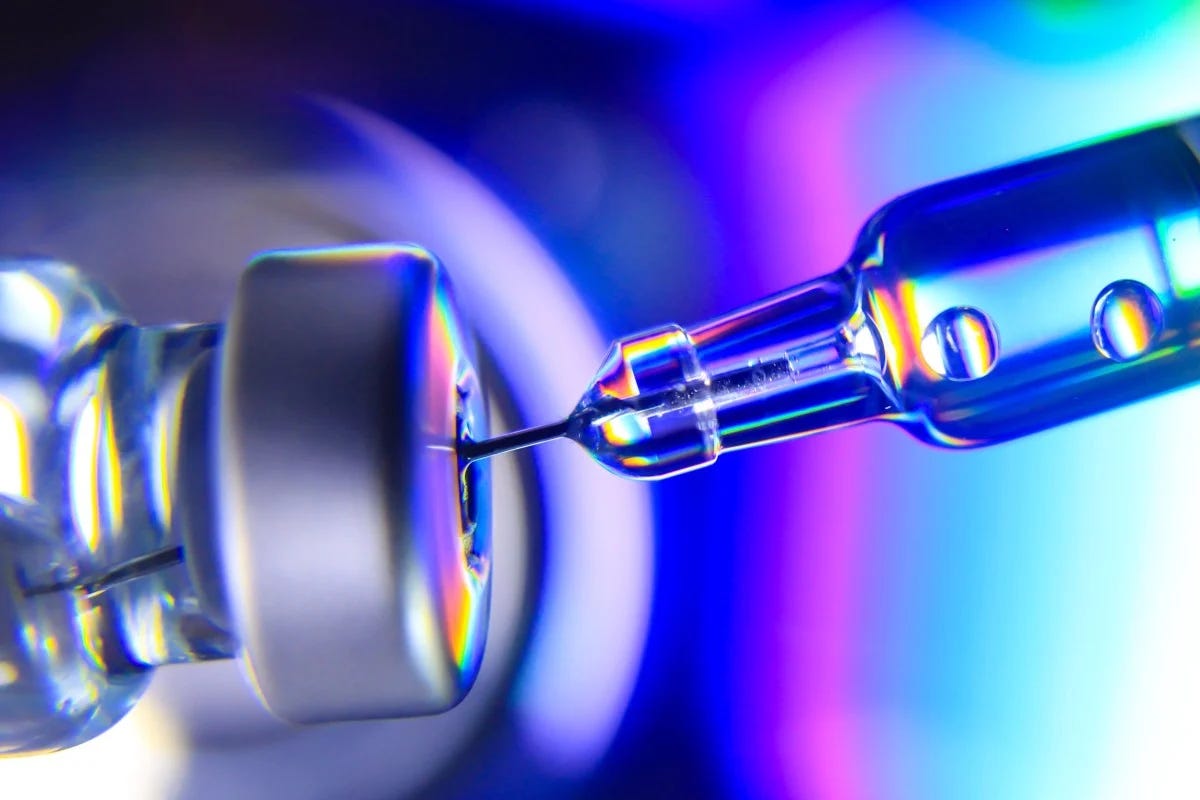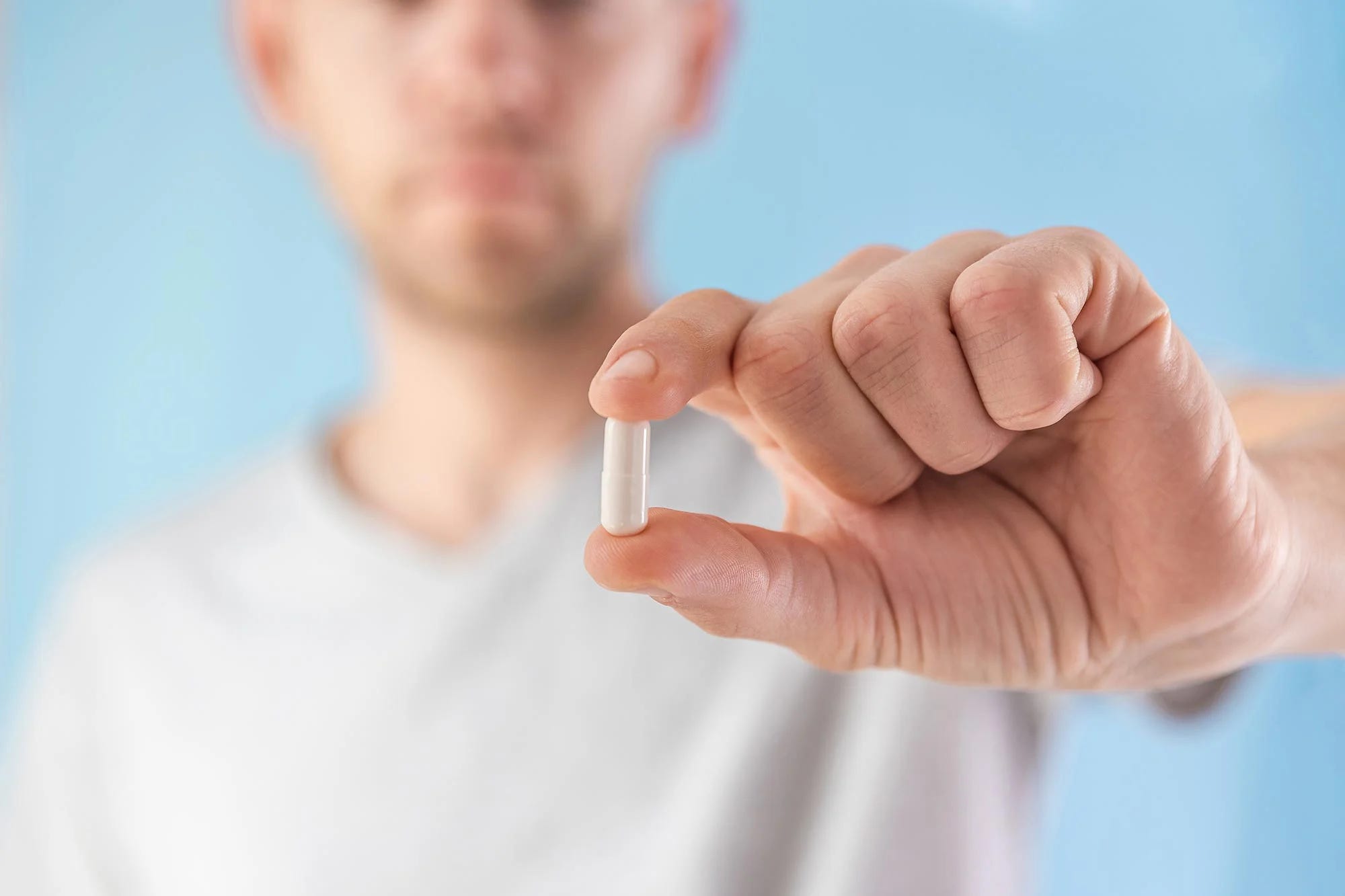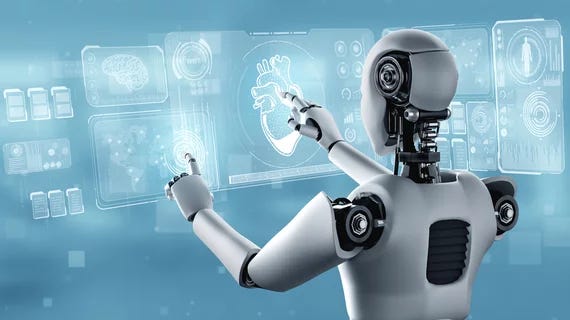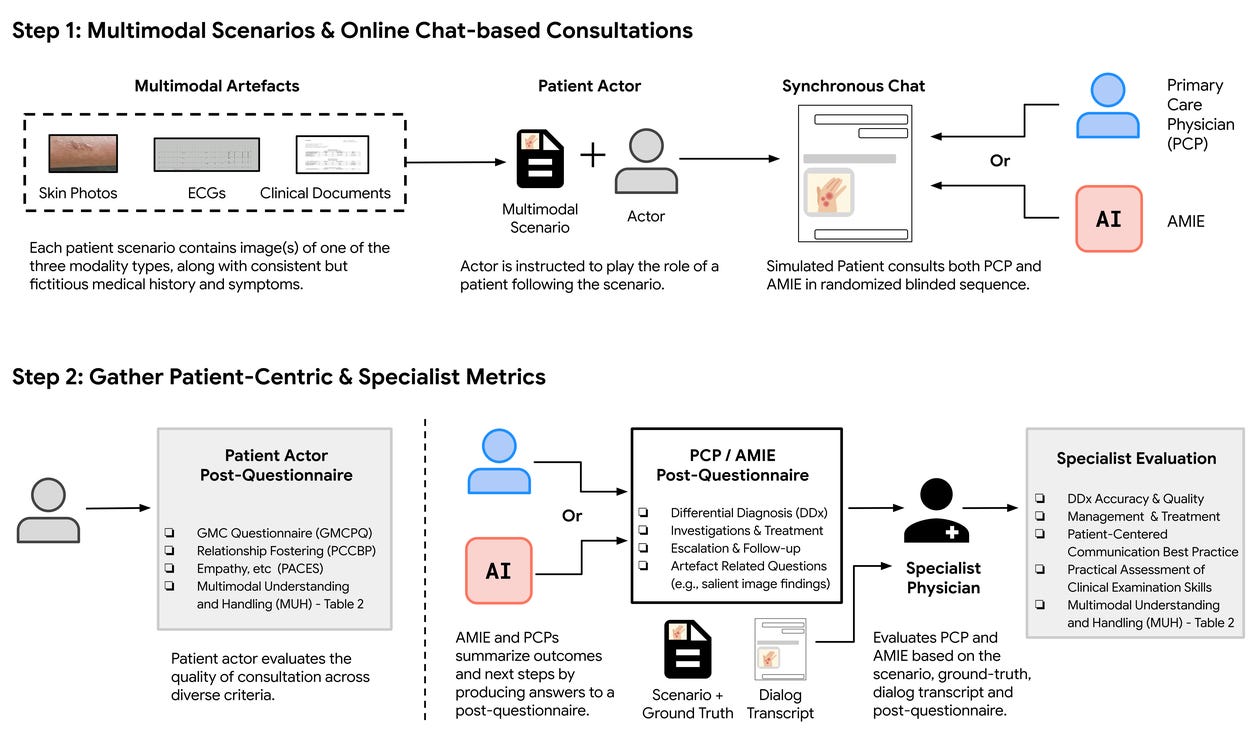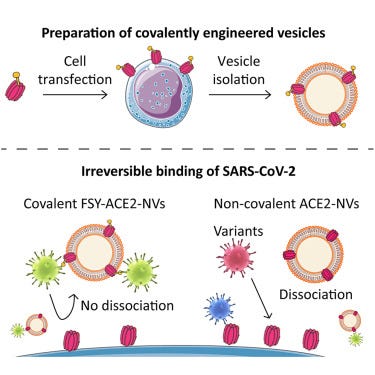👀 AI Monitoring | 🧬 Genetic Fixes | 🫀Tiny Pacemakers | 🧠 Brain-Tech Frontiers | 💉 Immune Boosters
Description
👀 AI Monitoring | 🧬 Genetic Fixes | 🫀Tiny Pacemakers | 🧠 Brain-Tech Frontiers | 💉 Immune Boosters
-----------------------------------------------------------------------------------------
Molecular Elevator Boosts Immunity
Chinese researchers have discovered a mechanism likened to a “molecular elevator” capable of amplifying immune responses by up to 150-fold. This involves tweaking cell signaling pathways so immune cells can more aggressively target cancer cells or dangerous viruses. Early lab work is encouraging, showing significant tumor reduction in experimental models. Further studies will be needed to confirm safety and efficacy in humans.
Implications: If scalable, this breakthrough could supercharge immunotherapy, offering a potent new weapon against cancers and viral infections—though translating it from lab to clinic will be a critical challenge.
Gene Editing Fixes DNA
Scientists have unveiled a CRISPR-based technique that repairs mutated genes associated with severe lung and liver diseases once deemed incurable. By targeting specific errors within cells, this method allows healthy genetic sequences to be restored without causing widespread DNA damage. Preliminary trials in animal models show promising outcomes, including restored organ function. The next step involves clinical testing to confirm these effects in humans and rule out unexpected side effects.
Implications: If successful, these precise gene edits could reshape how we treat genetic disorders, though regulatory hurdles and ethical debates over heritable changes remain substantial.
World’s Tiniest Pacemaker
Engineers have created a pacemaker smaller than a grain of rice, representing a significant milestone in minimally invasive cardiac devices. Despite its tiny size, it’s designed to deliver reliable pacing while reducing surgical complications and recovery times. Early prototypes suggest lower infection risks and improved patient comfort compared to traditional implants. Researchers now need to confirm long-term durability and battery life in clinical trials.
Implications: If proven safe and effective, this mini device could transform care for heart patients, cutting hospital stays and potentially expanding access in resource-limited settings.
Brain-Computer Interfaces
A new wave of BCIs is pushing the limits of how humans interact with computers, including neural implants that enable brain-to-text communication or mind-controlled prosthetics. These devices read electrical signals directly from the brain to drive software or external limbs, offering a lifeline for people with paralysis. Researchers also explore “closed-loop” systems that provide real-time feedback to the brain. While the potential is huge, concerns over data privacy, device invasiveness, and equitable access loom large.
Implications: BCIs promise dramatic quality-of-life improvements for disabled individuals, but balancing rapid innovation with responsible deployment will be key.
Onapgo for Parkinson’s Disease
A newly developed device called Onapgo delivers targeted stimulation to combat Parkinson’s-related tremors and motor deficits. Combining sensor feedback and precise drug or electrical impulses, it adapts in real time to the patient’s movement patterns. Early pilots report reduced tremors and improved daily function, but larger studies are required to validate consistency. With refined calibration, it may surpass standard deep-brain stimulation in both accuracy and patient comfort.
Implications: By tailoring therapy to individual symptoms, Onapgo could offer a more patient-friendly path for managing Parkinson’s, though cost and insurance coverage remain unknown factors.
Apple’s AI “Doctor”? AI Monitoring Teenagers
Rumors suggest Apple is developing AI-driven health tools that track teens’ physical and mental wellness, flagging potential problems early. The goal is to leverage wearable data—like heart rate, sleep patterns, and movement—to detect red flags such as high stress, mood shifts, or disordered eating. Privacy experts caution that continuous surveillance could lead to overdiagnosis or data misuse if not carefully regulated. Apple, meanwhile, highlights the potential for early intervention and prevention.
Implications: AI-based health monitoring may revolutionize preventive care for younger populations, but ensuring robust data protections and responsible use will be paramount.
Thank you for reading! Stay tuned for more discoveries pushing the boundaries of healthcare, biotechnology, and beyond.
This is a public episode. If you would like to discuss this with other subscribers or get access to bonus episodes, visit weeklybreakthroughs.substack.com

